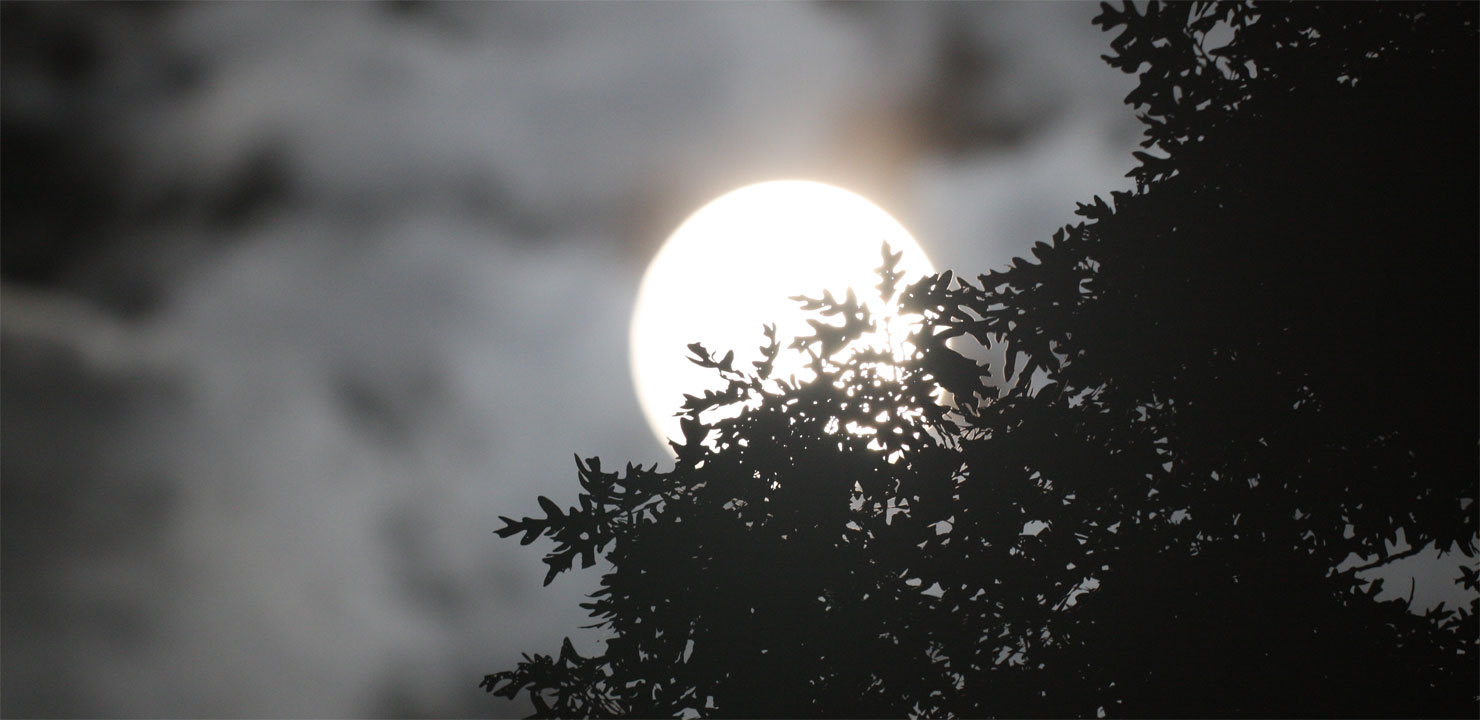July 2012
My Moon
Peter SchultzThe lunar surface is covered with a wealth of different types of features preserved and visible, 4 billion years later. Most of these features can be easily seen through modest-size telescopes: ancient craters, lava plains, volcanoes, cracks, and ridges. The advantage of telescopic viewing is that you can pick your illumination. The first-quarter Moon reveals the enormous Apennine Mountains (rim of the Imbrium Basin) that formed in minutes. Full Moon captures the long crater rays, subtle contrasts in color, and geologic boundaries. The last quarter reveals the vast lava plains of Oceanus Procellarum, floor-fractured craters, and fields of volcanic cones. During the waning Moon (early in the morning), the enigmatic Reiner Gamma formation becomes much more apparent. This is a featureless swirly pattern once called Galileo in order to minimize his significance in the world. Ironically, these swirls are now the topic of serious lunar research. But there’s more. Color filters can bring out different composition lava flows pouring into the Imbrium Basin. This becomes obvious with digital imaging of the same area with a red, then a blue filter.
There are several strategies to study the Moon. One is to challenge your ability to see the smallest discernible features. Then go to “Google Moon” and see what it looks like close up. Another is to have a contest to see who sees the waxing Moon first during the daytime (honor system). Or try to map geologic units through the telescope. With the dates of just a couple of large craters (known from Apollo samples), you can begin understanding the evolution of the surface. You also can determine relative ages by the fading of bright lunar crater rays. One of my favorite exercises is to estimate the frequency of extinction-making impacts on the Earth.
For the serious observer, there are serious challenges. Lunar Transient Phenomena (LTP) no longer represent a dirty name. Over the last half-dozen years, professional astronomers have been using amateur-available telescopes to watch for impact flashes in the lunar night. The Moon gets the same meteor showers as the Earth. With digital monitoring and free-ware from NASA, an amateur could actually detect a fresh new crater, which would have significant scientific use. It all depends on who’s looking when. Or with different filters, you could be the first (or second, depending on who you believe) to watch a degassing event. Five years ago, I knew 4 excellent sites to monitor. There are now more than two-dozen sites where the lunar surface has clearly been changed by internal activity (most likely released cool gas, not volcanoes). Although most of features are tiny, the dust thrown above the surface may be visible with the right instruments (and a lot of luck).
My first look through a telescope grabbed my imagination. It hasn’t lost its magic for me -- more than a half century later. I still look up and marvel. The Earth is very fortunate to have a large mirror revealing its distant past, unlike other terrestrial planets.
Members' pot-luck dinner - 5:30pm
Summer Meetings will include a ‘pot luck’ dinner and I have volunteered to coordinate these. It is important to RSVP to me by email (kathys5@cox.net) if you plan to attend and to indicate what you will be bringing. That way, we can try to avoid too much duplication. We need some appetizers, ‘main’-type dishes, salads and desserts. We will provide coffee and cold drinks and we will have some ice and a cooler.
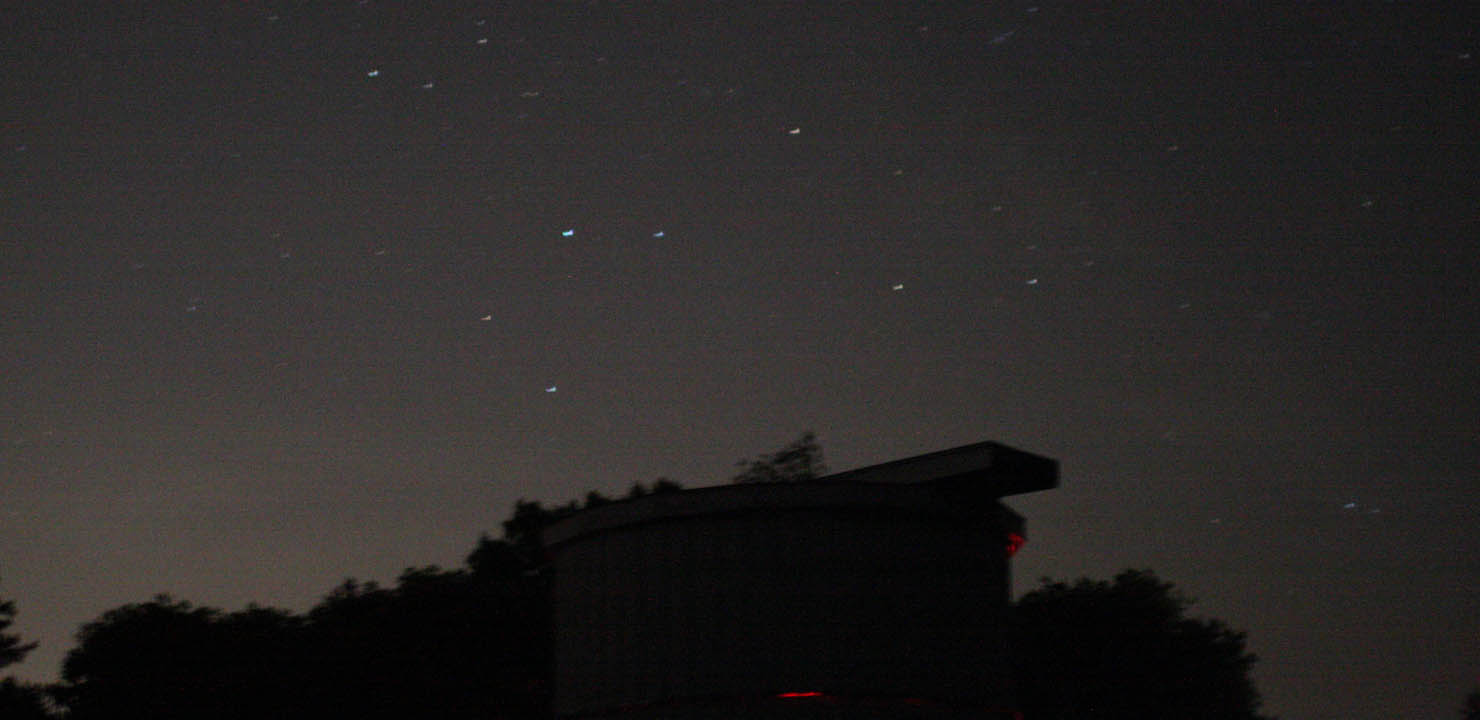
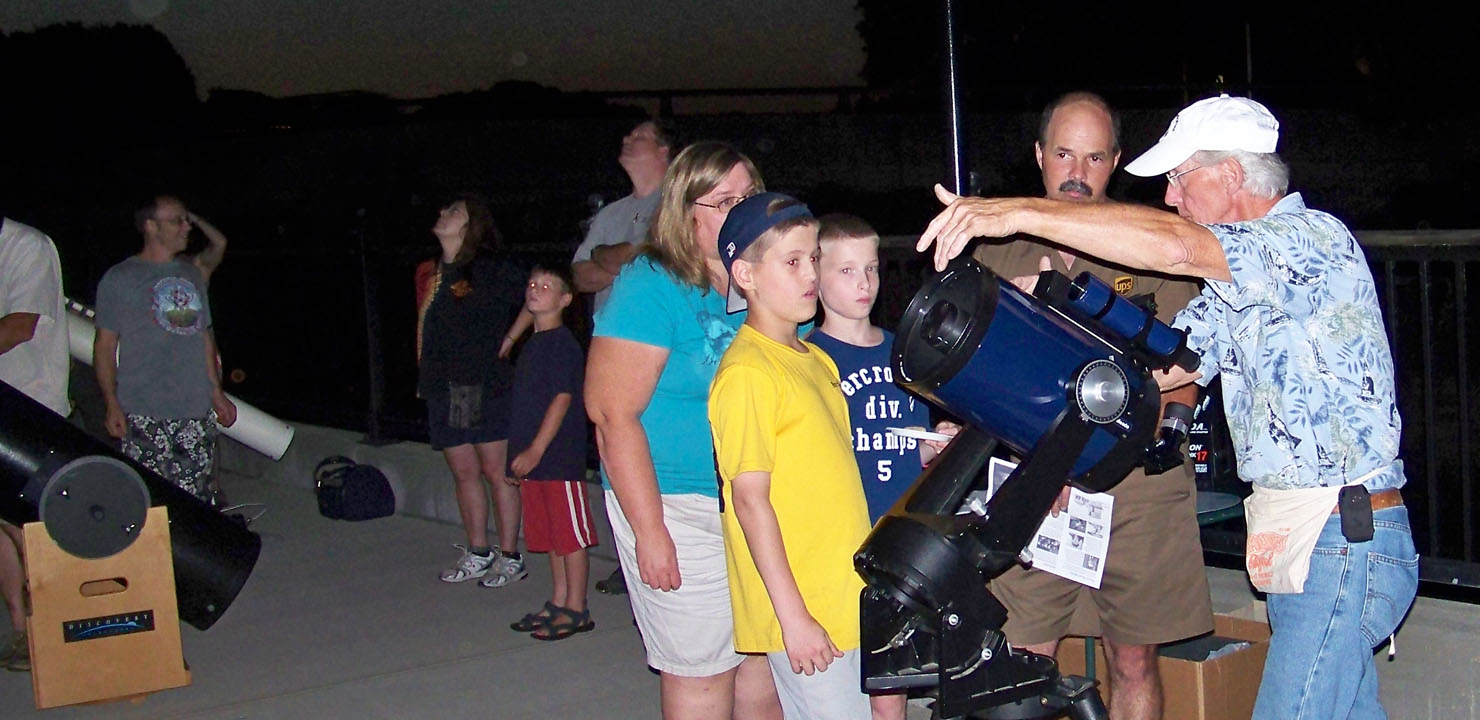

Skyscrapers visit to the Jesse M. Smith Memorial Library in Harrisville
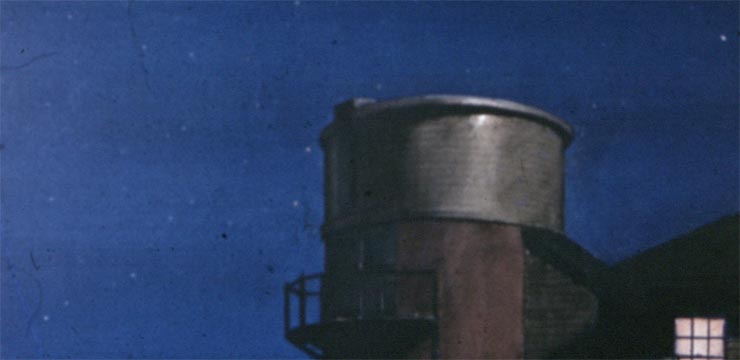

Public Open Night Report for July 14, 2012

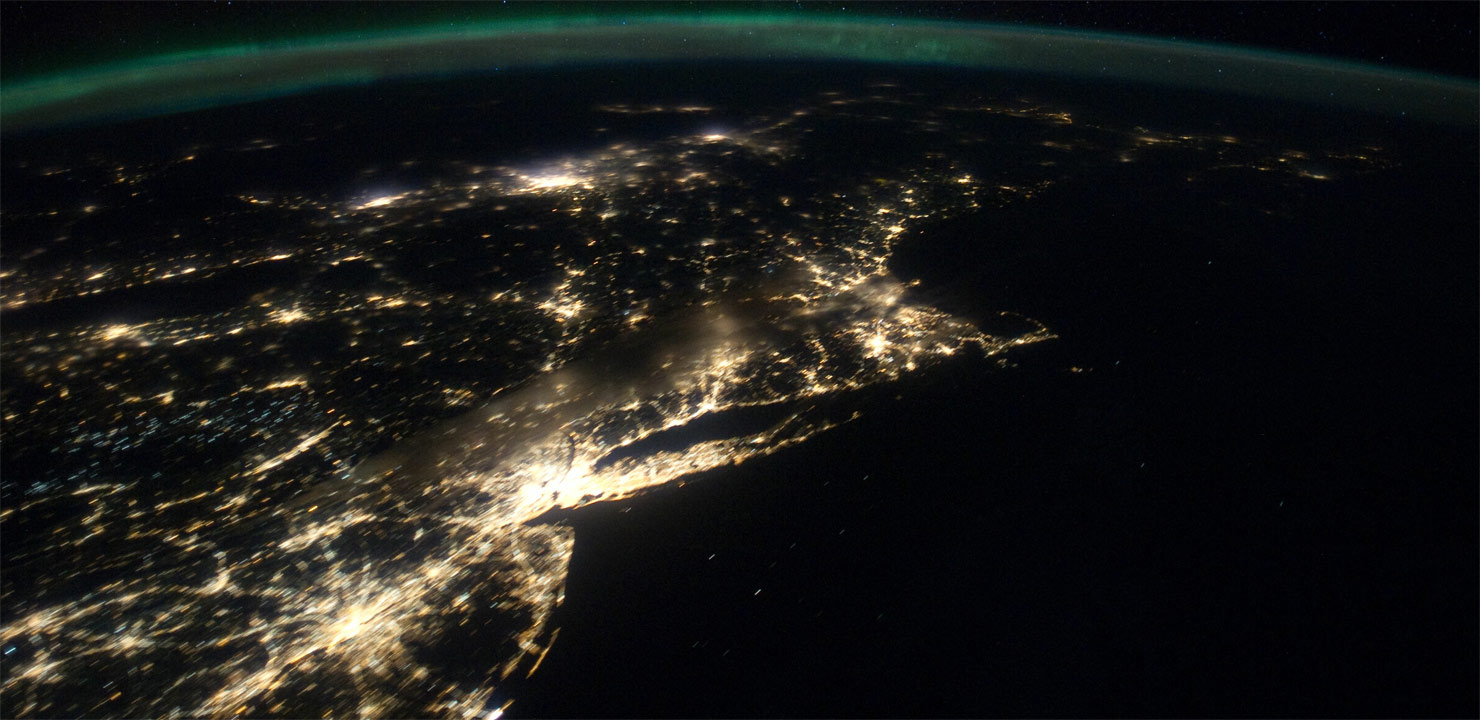
Charlestown Approves Town Lighting Ordinance
: By Francine Jackson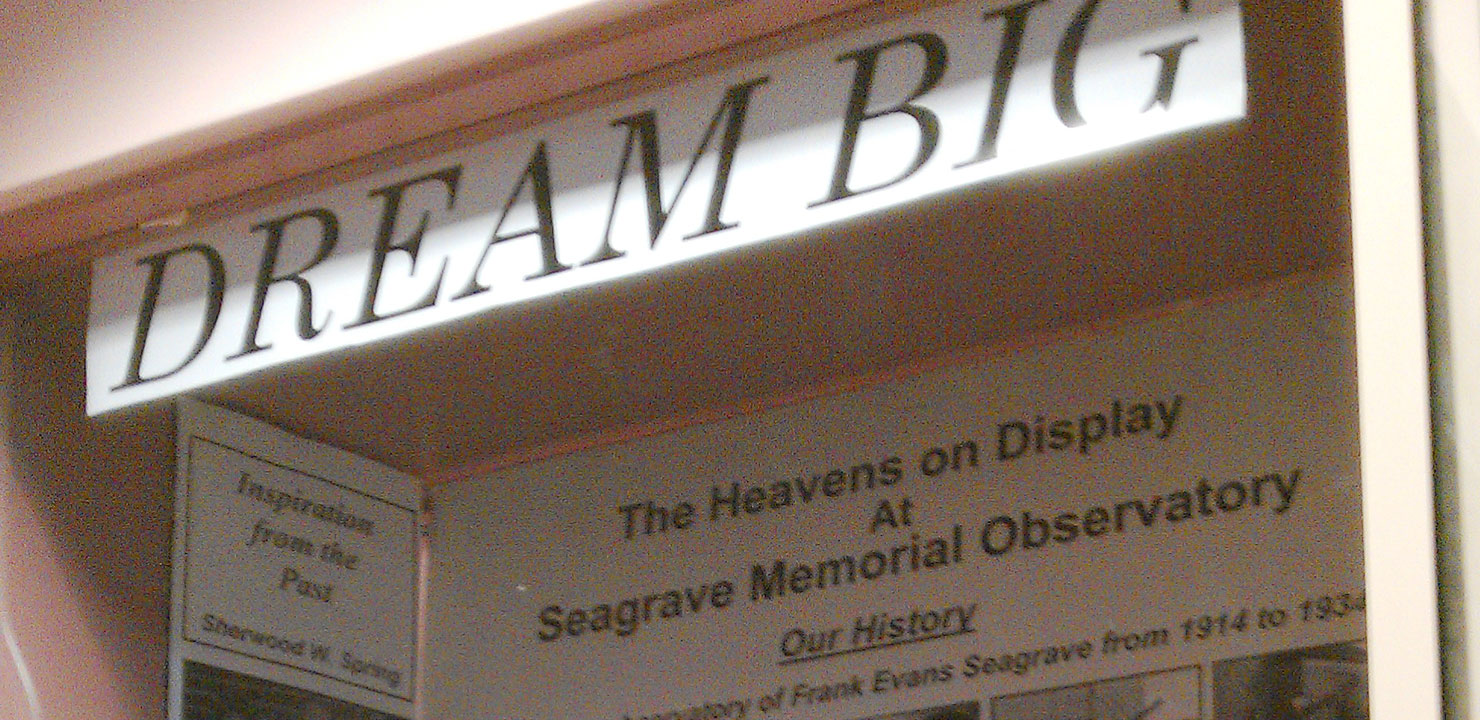
Skyscrapers on Display at the Glocester Manton Library
: By Dave Huestis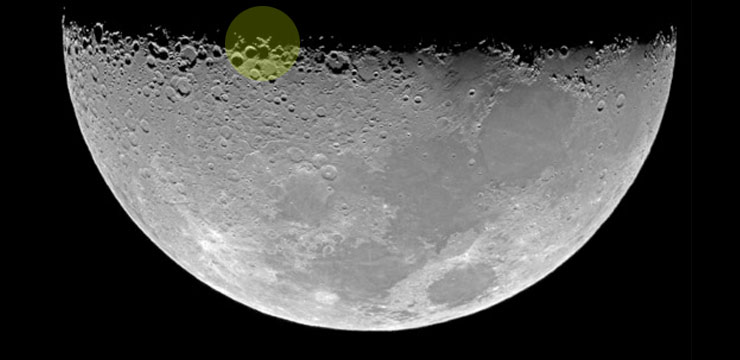
The Lunar X
: By Glenn Chaple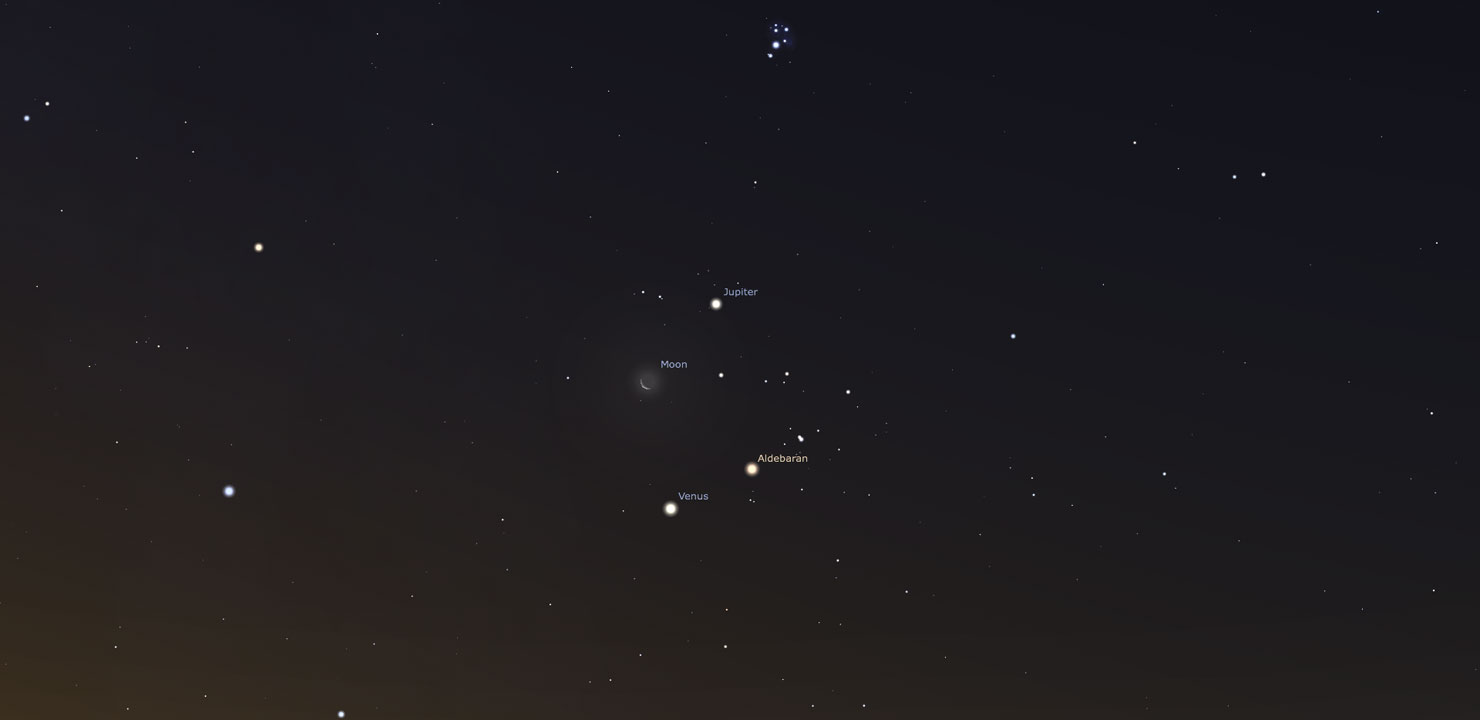
Astronomical Potpourri in July
: By Dave Huestis